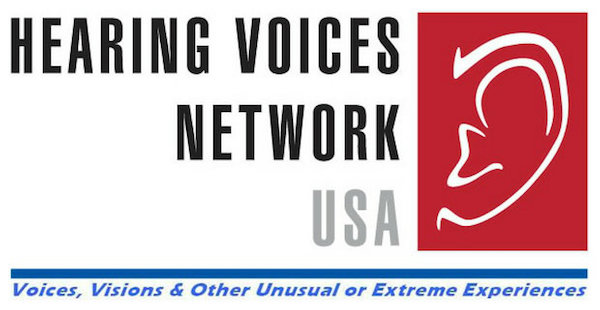 I will be facilitating a screening and discussion of the film Crazywise at Amistad in Portland, ME on March 21, 2019 at 5-7:15pm.
I will be facilitating a screening and discussion of the film Crazywise at Amistad in Portland, ME on March 21, 2019 at 5-7:15pm.
This is an amazing film. Director Phil Borges had interviewed around 40 shamans from all over the world and found they got their start in similar ways. In their teens or early 20’s they started hearing things others did not hear and seeing things others did not see. They were identified as having a special gift or sensitivity and had mentors to train them how to use their abilities as shamans to help their communities. He draws a comparison with the much different treatment for the same experiences that young people in the West receive from the mental health system.
For resources related to the film:
There is a good Ted Talk by Phil Borges while in the process of making the film with over two million views. It was posted February 23, 2014 titled Psychosis or Spiritual Awakening: Phil Borges at TEDx UMKC.
There is a great interview of Ekhaya, one of the subjects of the film by Madness Radio and posted October 1, 2017. The interview touches on some of the training she underwent to become a shaman.

